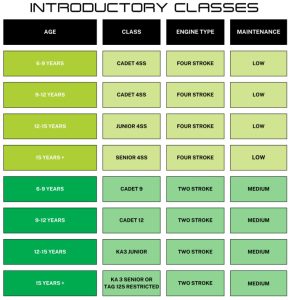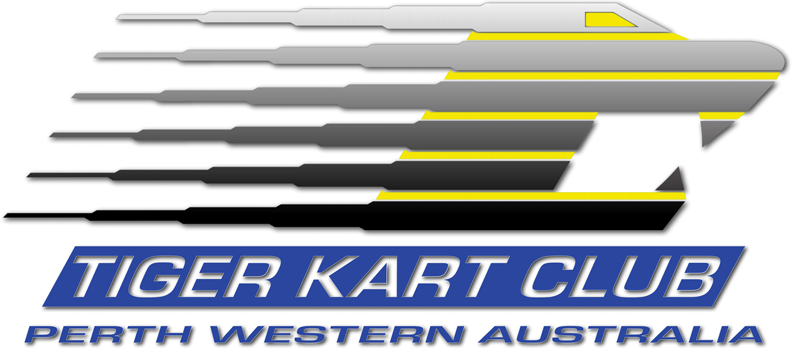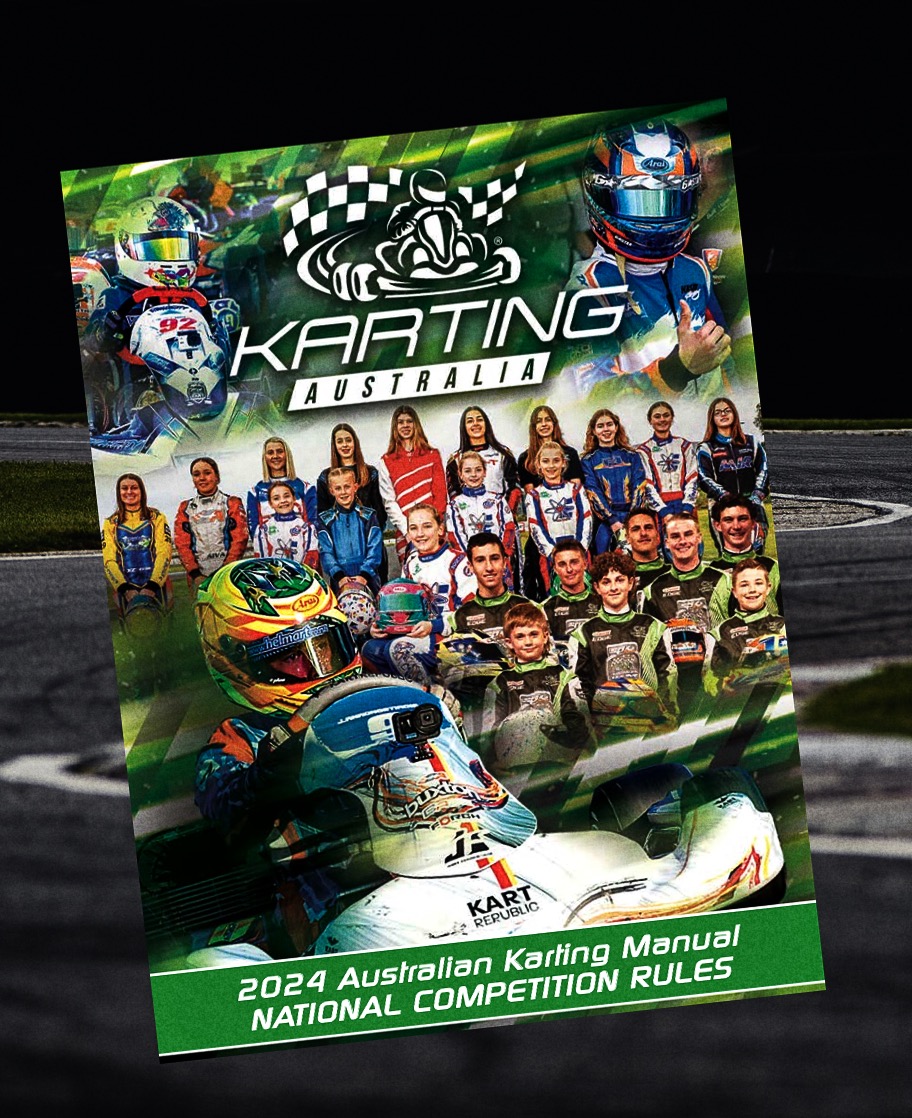Before a Driver can compete in a race, they must pass an Observed Driving Session (ODS).
In accordance with Karting Australia Competition Rules, a Driver must complete the Safety Training Requirements prior to undertaking an Observed Driving Session (ODS).
At the time of applying for a new Driver’s Licence, all new Applicants must view and acknowledge their understanding of the Safety Training Video and read and acknowledge their understanding of the Safety in Karting Requirements in accordance with Karting Australia’s Pre-Racing Safety Policy and Procedure.
Once a Driver has passed their ODS, they’ll be issued with a D-Grade license which entitles the Driver to a “P” plate. The Driver must display a “P” plate in a location adjacent to their competition number at all times whilst they are on a track – including practice and racing.
The “P” Plate must continue to be used until such time as a Driver has been upgraded to the next level of license or other conditions as outlined in the karting rules.
There are special requirements for Cadet-aged drivers.
A Cadet-aged Driver must be registered for and participate in at least eight (8) Karting Activities of no less than 1-hour duration on a KA licenced track prior to undertaking an ODS.
Once a Cadet-aged Driver has completed their 8 hours of practice, they can apply for an ODS.
Driving Instructors/Coaches recognised by Karting Australia must have a valid Working With Children Check.
Preparing a Cadet-Aged Driver for their Observed Driving Session (ODS)
Click here for more information on helping your Cadet driver prepare for their ODS.
Applying for an ODS at Tiger Kart Club is easy.
Our Club uses the Stack Team App to list available ODS dates and times which generally occur on the Sunday prior to the next club race.
Our free TKC Team App is available for your phone or via the web. Download the Stack Team App from the official app store for your phone, create an account, log in and search for Tiger Kart Club to join us.
Once you’ve joined, you’ll be able to view the calendar and find the next available OD Session.



